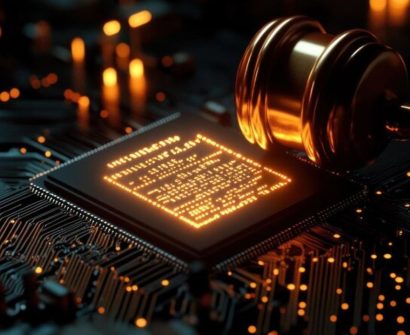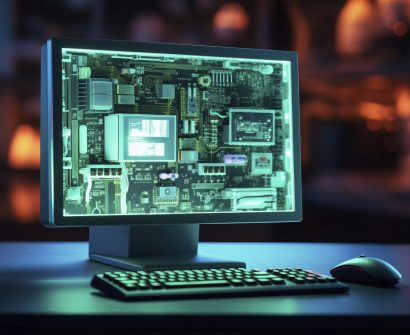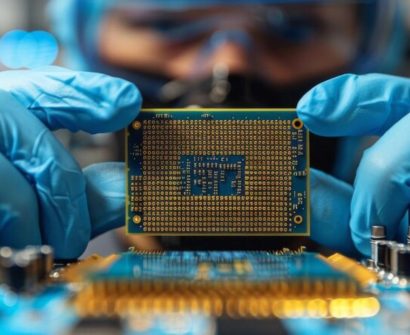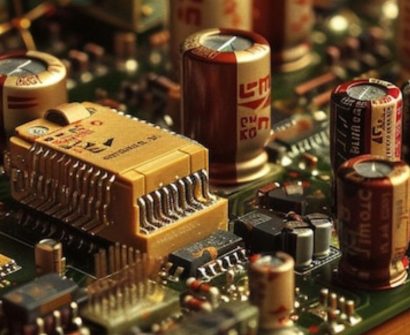
Introduction
In the dynamic landscape of digital electronics, ensuring the functionality and reliability of integrated circuits (ICs) is paramount. Design-for-Testability (DFT) techniques emerge as indispensable tools in this quest, facilitating efficient testing and diagnosis of ICs during production. Among these techniques, DFT scan types stand out as fundamental pillars in modern IC testing strategies. This blog post aims to dissect the complexities of DFT scan types, shedding light on their mechanisms, applications, and pivotal role in ensuring robust IC testing.
Understanding DFT Scan Types
DFT scan types, often interchangeably referred to as scan chains or paths, represent integral structures embedded within IC designs to streamline testing and debugging processes. Fundamentally, these scan chains are sequential circuits enriched with additional flip-flops (scan flip-flops) interconnected in a serial configuration, reminiscent of a shift register.
Mechanism
The mechanism underlying DFT scan types revolves around the seamless application of test vectors and the capture of responses. During the testing phase, conventional IC operation halts, and the scan chains are activated. Test patterns, encoded as vectors, are systematically shifted into the scan chains, traversing the circuit under test. Concurrently, the internal states of the circuit are observed and captured by the scan flip-flops, facilitating subsequent analysis of the circuit’s behavior.
Scan-In and Scan-Out
At the heart of scan types lie two pivotal signals: Scan-In (SI) and Scan-Out (SO). Scan-In serves as the ingress point for test vectors, enabling their serial loading into the scan chains. Conversely, Scan-Out facilitates the retrieval of captured responses from the circuit, thereby enabling comprehensive analysis of test results. These signals orchestrate the seamless integration of DFT scan types into the testing infrastructure.
Types of DFT Scan
It manifest in various forms, each tailored to specific testing requirements and constraints. Prominent variants include:
1. Serial Scan
Representing the fundamental form of DFT scan type, serial scan features a single scan chain for test vector propagation and response capture. This simplistic approach finds applicability in small-scale designs with modest testing needs.
2. Multiple Scan Chains
In more expansive designs, the utilization of multiple scan chains proves instrumental in enhancing testing efficiency and reducing test application time. This approach fosters parallelism and facilitates comprehensive testing coverage.
3. Scan Compression
To alleviate the overhead associated with handling and shifting substantial volumes of test data, scan compression techniques come into play. These methodologies aim to minimize test data volume while preserving test coverage, thereby optimizing test time and resource utilization.
Applications and Significance
DFT scan types find ubiquitous applications across diverse stages of IC development and manufacturing, including:
– Manufacturing Test
Ensuring the functional integrity of ICs before their integration into end-user devices.
– Design Validation
Verifying the correctness of IC designs and identifying potential design flaws or defects.
– Debugging
Facilitating the diagnosis and isolation of faults within ICs during both development and post-production stages.
The significance of DFT scan types lies in their capacity to streamline the testing process, enhance test coverage, and augment fault detection capabilities. By integrating these structures into IC designs, manufacturers can achieve heightened yields, expedite time-to-market, and deliver dependable products to consumers.
Conclusion
In conclusion, DFT scan types represent indispensable components in modern IC testing methodologies, providing a robust framework for efficient test vector application and response capture. A comprehensive understanding of the mechanisms and applications of these structures is pivotal for ensuring the integrity and reliability of integrated circuits in today’s dynamic electronics industry. As IC designs evolve, it will continue to serve as cornerstone tools for achieving rigorous testing and validation processes.
In conclusion, DFT scan types represent indispensable components in modern IC testing methodologies, providing a robust framework for efficient test vector application and response capture. A comprehensive understanding of the mechanisms and applications of these structures is pivotal for ensuring the integrity and reliability of integrated circuits in today’s dynamic electronics industry. As IC designs evolve,It will continue to serve as cornerstone tools for achieving rigorous testing and validation processes.
Also Read: A Walkthrough VLSI Physical Design Engineer Salary In India.
To know more about VLSI Course , SuccessBridge VLSI training institute. You can begin your VLSI career by enrolling in the placement-assisted live courses available at SuccessBridge We offer various VLSI online courses. We offer VLSI Physical Design course, Design Verification course, DFT Training,Chip design course many more. Explore VLSI Courses From The Leaders In VLSI Training






